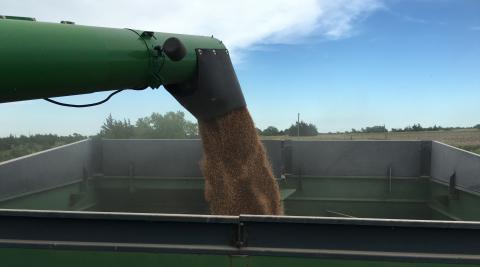You Can Postpone Phosphorus, Potassium, and Zinc Fertilizer Applications When….
Finding Win-Win Opportunities for Manure
The Long View of Nitrogen Recommendations from Nebraska Extension
At the 2017 Crop Production Clinics, the Nebraska Extension Soils Team is presenting a historical overview of how nitrogen recommendations for corn have developed and changed since the 1950s. We are also discussing what may lay ahead for nitrogen management.
Student Research: Does the Grazing of Cover Crops by Cattle Compact Soil?
Nebraska 2016 Wheat – High Yields, Low Protein
New Soils and Nutrient Management Specialist Joins Panhandle REC
UNL Project SENSE Expanding Research to Increase N Efficiency
When and at what rate nitrogen fertilizer should be applied are major questions for today's corn producers. Nebraska Extension is helping answer these questions through Project SENSE, which stands for Sensors for Efficient Nitrogen Use and Stewardship of the Environment.
Managing N in a Wet Spring
USDA NASS estimated 26% of Nebraska’s corn acres had been planted as of May 2, well behind last year’s pace of 45% and slightly behind the five-year average of 31%. The pace is undoubtedly being affected by the amount of precipitation across the state and the wet field conditions (Figures 1 and 2).





